We'd like to remind Forumites to please avoid political debate on the Forum... Read More »
PLEASE READ BEFORE POSTING: Hello Forumites! In order to help keep the Forum a useful, safe and friendly place for our users, discussions around non-MoneySaving matters are not permitted per the Forum rules. While we understand that mentioning house prices may sometimes be relevant to a user's specific MoneySaving situation, we ask that you please avoid veering into broad, general debates about the market, the economy and politics, as these can unfortunately lead to abusive or hateful behaviour. Threads that are found to have derailed into wider discussions may be removed. Users who repeatedly disregard this may have their Forum account banned. Please also avoid posting personally identifiable information, including links to your own online property listing which may reveal your address. Thank you for your understanding.
📨 Have you signed up to the Forum's new Email Digest yet? Get a selection of trending threads sent straight to your inbox daily, weekly or monthly!
Land survey report shows moderate-high ground stability risk, how concerned should I be?

NibblyPig
Posts: 230 Forumite





Just got the surveys back from a property I am buying and it has flagged a ground stability risk. I am not sure how serious to think about this.
I cropped the street map a bit but that's all it showed, two infilled land blobs and nothing else. The black ring appears to denote 125m.
The house was built around 40 years ago I believe, and the homebuyer's report said no signs of subsidence. But subsidence is a terrifying word!
How freaked out about this should I be or is it just a normal warning?
Many thanks for any advice.
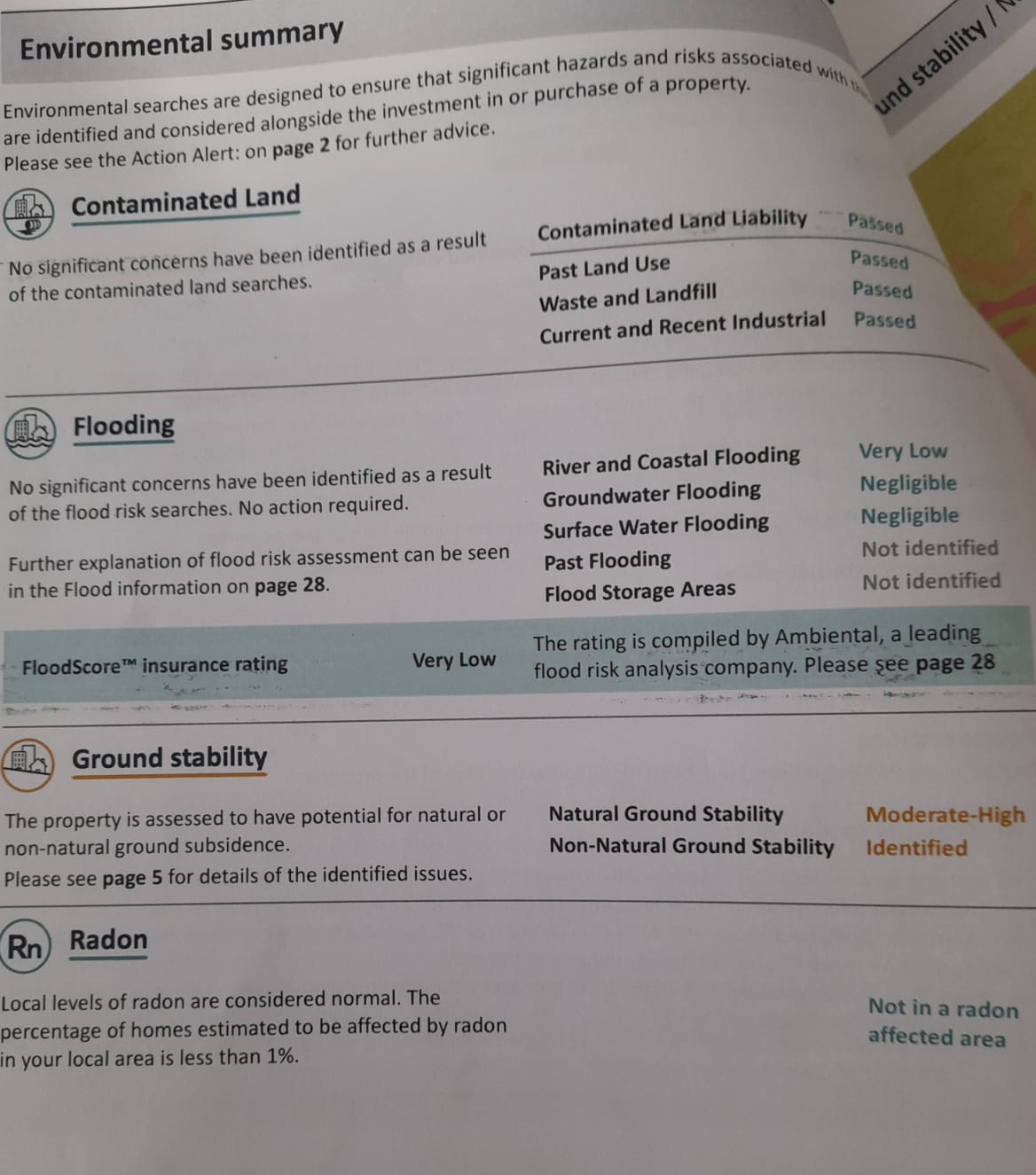
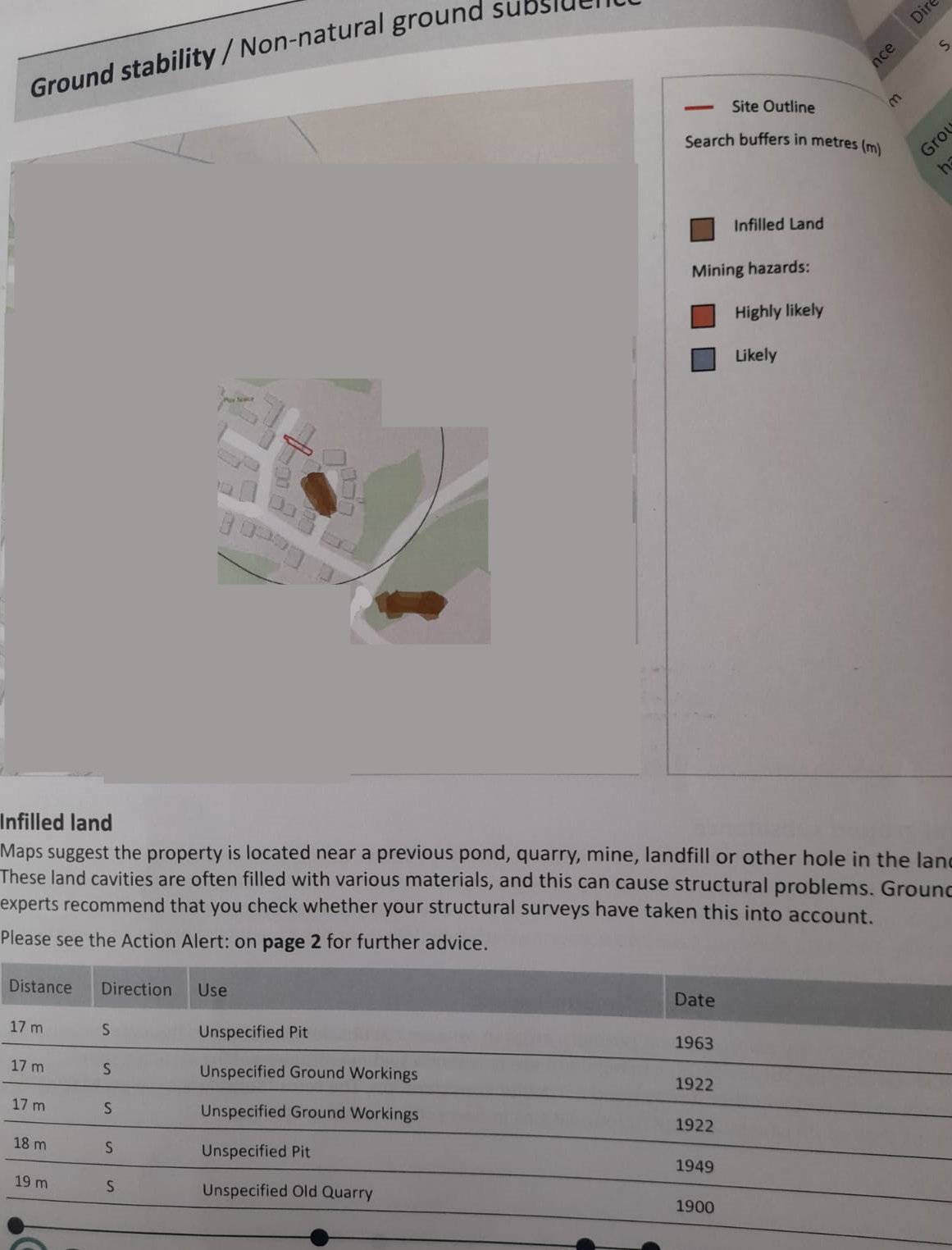
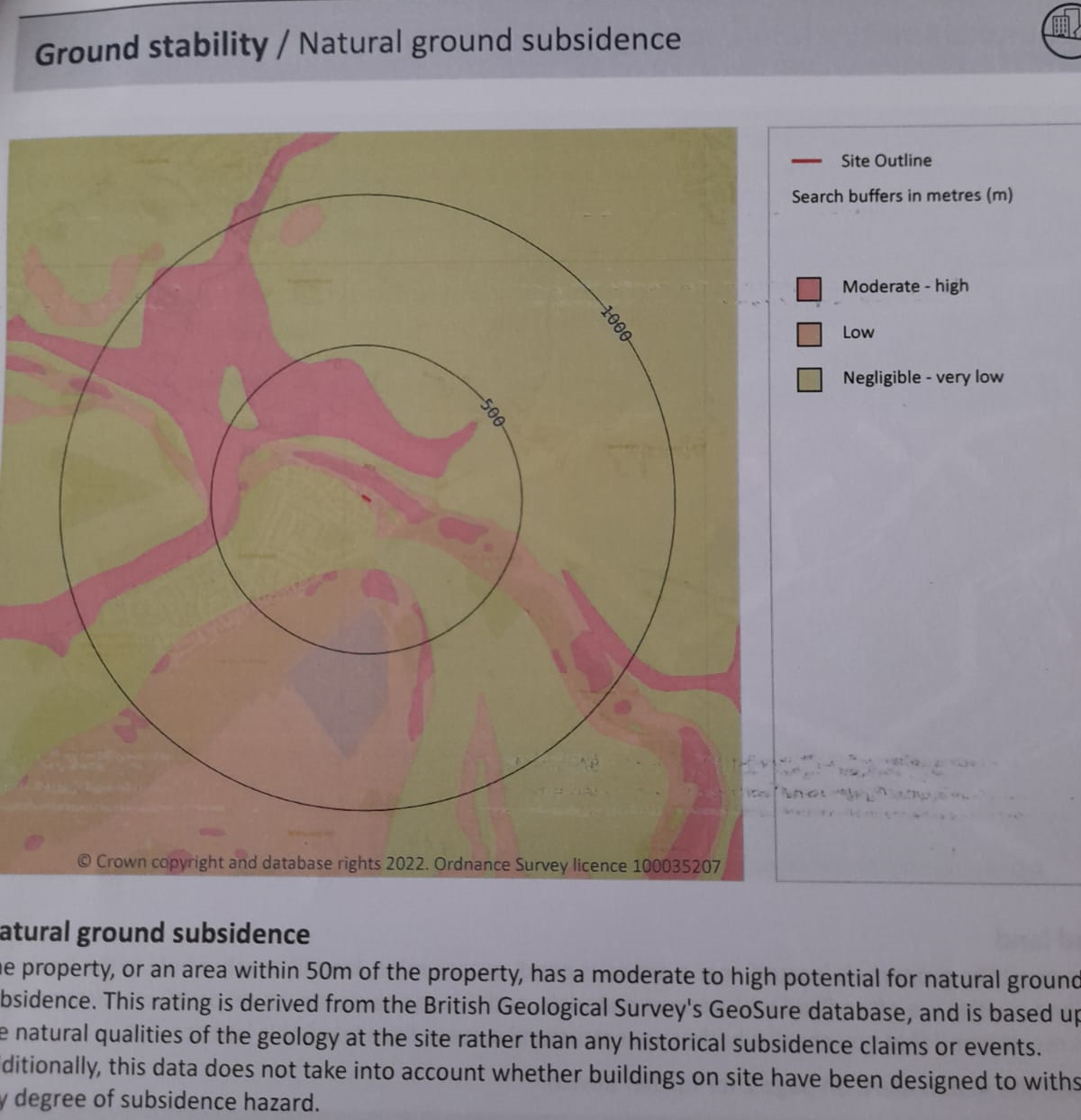
0
Comments
-
NibblyPig said:Just got the surveys back from a property I am buying and it has flagged a ground stability risk. I am not sure how serious to think about this.I cropped the street map a bit but that's all it showed, two infilled land blobs and nothing else. The black ring appears to denote 125m.The house was built around 40 years ago I believe, and the homebuyer's report said no signs of subsidence. But subsidence is a terrifying word!The report is suggesting there were old workings (e.g. quarrying) and these are quite common. In the past it was also common for them to be filled with refuse and waste with very limited control on what went in, and how carefully it was compacted.In more recent times there has been greater control, and planning applications for new development would require ground investigations and mitigation proposals to make sure the properties were being built on stable ground which posed no health risk.My response if this property was newer would be to get hold of the planning documents and look at the reports on ground investigation and contaminated land.However, a development carried out 40 years ago may not have had this done, and even if it was, the documents may no longer exist.Does the report give more details on the historic use of the site? Does it include extracts of old maps?If not, have a look on this site to see what this area of land was being used for in the past. Try looking at maps from different time periods to see how the area has changed.Also, try and locate the property on the Council's Development Plan - that may give an indication of whether there are planning constraints in the area due to historic workings.0
-
NibblyPig said:How freaked out about this should I be or is it just a normal warning?Many thanks for any advice.Who did the report? Matthew? He always bigs-up the dangers of subsidence. Been doing it for centuries!Well, you did ask for any advice.0
-
Section62 said:Does the report give more details on the historic use of the site? Does it include extracts of old maps?If not, have a look on this site to see what this area of land was being used for in the past. Try looking at maps from different time periods to see how the area has changed.Also, try and locate the property on the Council's Development Plan - that may give an indication of whether there are planning constraints in the area due to historic workings.Can't see anything else in the document like this. Interesting site that you linked but can't see much of detail on it sadly.Not sure what a council development plan is but I will have a google, thanks.Interesting that there are some houses built literally directly on top of it on the map. Maybe worth knocking on their doors...0
-
On a more serious note, a property built 40 years ago would probably be showing signs of subsidence by now if it was going to happen. There are exceptions, such as when underground springs find a new route, but much built-on ground, like the London Basin, is subject to ground stability risks.
0 -
Woolsery said:On a more serious note, a property built 40 years ago would probably be showing signs of subsidence by now if it was going to happen.No. I should have mentioned the fallacy of the "if it was going to happen..." philosophy in my previous post.One of the risks with land used for historic extractive industries is the length of time it can take before problems become apparent.In Norwich, for example, there are subsidence issues linked to centuries old chalk workings.The problem with uncontrolled backfilling of old workings is that voids can form - either through poor compaction, or by decay of organic materials - and over time these voids can combine and/or migrate towards the surface. Without a comprehensive ground investigation there's no way of knowing what state uncontrolled backfilling will be in now, or in the future.1
-
Section62 said:Woolsery said:On a more serious note, a property built 40 years ago would probably be showing signs of subsidence by now if it was going to happen.No. I should have mentioned the fallacy of the "if it was going to happen..." philosophy in my previous post.One of the risks with land used for historic extractive industries is the length of time it can take before problems become apparent.In Norwich, for example, there are subsidence issues linked to centuries old chalk workings.The problem with uncontrolled backfilling of old workings is that voids can form - either through poor compaction, or by decay of organic materials - and over time these voids can combine and/or migrate towards the surface. Without a comprehensive ground investigation there's no way of knowing what state uncontrolled backfilling will be in now, or in the future.I did say there are exceptions. However, the 'fallacy' holds true for many properties; probably the majority. The OP has to work out the balance of probabilities and decide what level of risk they are comfortable with.Edited to add: It seems from what we can see of the report that the property is not affected by mining and it stands close, but not over, an area of infilled land. I'm surprised the old maps haven't revealed ny clues about what was infilled, but looking at the time of their reply, they scarcely had enough time to examine all that are likely to exist.All I can add is that my last house was roughly the same distance from a large infilled pond. I didn't have any concerns and nor did the people living in houses much closer to where it had been, though they may not have known about it. It's the nature of the pit which is most important.0
-
I worked on an underpinning job in the 80's on Victorian properties that were built on an infill site. This was in an area of chalk which is normally solid.1
-
Woolsery said:I did say there are exceptions. However, the 'fallacy' holds true for many properties; probably the majority. The OP has to work out the balance of probabilities and decide what level of risk they are comfortable with.Not really, which is why I used the word 'fallacy'.People imagine that structural failure should happen soon after an event happens, and that there should be signs (such as cracking). But in reality things are rarely that simple. Structures have a remarkable ability to stay standing and (visible) defect free until there is a final 'trigger' event.Effectively it is the same kind of fallacy in the argument some people make that because some smokers manage 40-a-day for 30 years and are still fit as a fiddle it must mean smoking is safe. It doesn't follow.I'm not suggesting the house the OP is looking at will collapse tomorrow, but equally the fact it hasn't collapsed doesn't mean it can't. The key word in these situations is 'yet'.Edited to add:
Agree 100%Woolsery said:It's the nature of the pit which is most important.0 -
Thanks for the replies. The map site linked above, I went to the location and clicked through all of the historic maps, none of them had any useful data on them, but I just went again and found that I had the wrong thing selected lol so this is the extent of what I could find, all the other maps were either too zoomed out or had nothing labelled.1888-1913
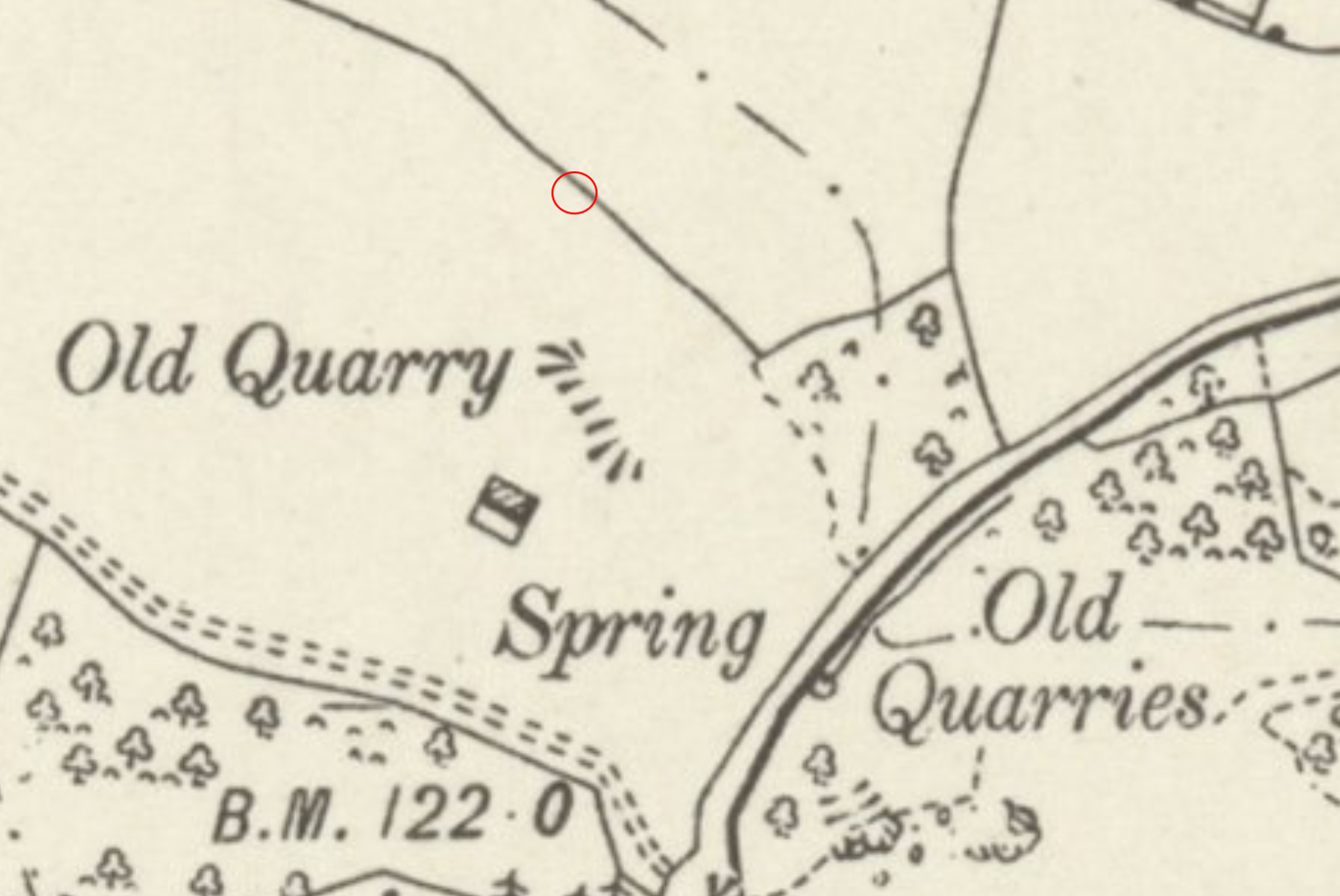 I drew the red circle myself roughly where the house is.1892-1914
I drew the red circle myself roughly where the house is.1892-1914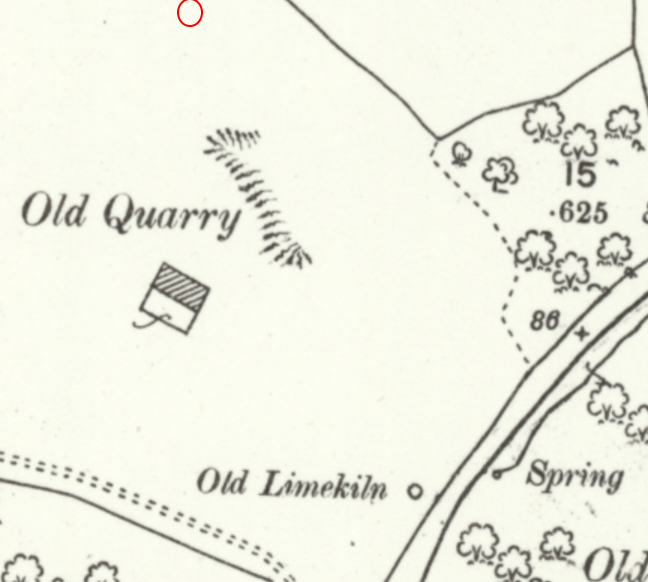 1949-1972
1949-1972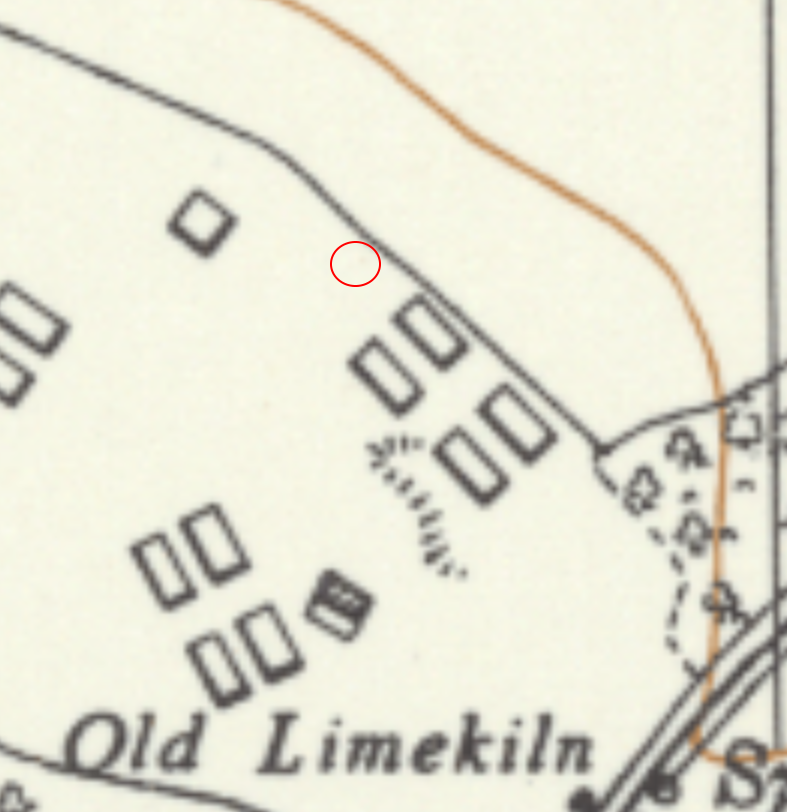 Not really sure where to go from here then. Any thoughts?
Not really sure where to go from here then. Any thoughts?
0 -
"Limekiln" suggests they were quarrying limestone, this could go down quite deep. However if the positions on the map are correct then you'll likely only have a problem if they used "heading" (tunelling) to extend the area beig worked.1
Confirm your email address to Create Threads and Reply

Categories
- All Categories
- 351.6K Banking & Borrowing
- 253.3K Reduce Debt & Boost Income
- 453.9K Spending & Discounts
- 244.6K Work, Benefits & Business
- 599.9K Mortgages, Homes & Bills
- 177.2K Life & Family
- 258.2K Travel & Transport
- 1.5M Hobbies & Leisure
- 16.2K Discuss & Feedback
- 37.6K Read-Only Boards
